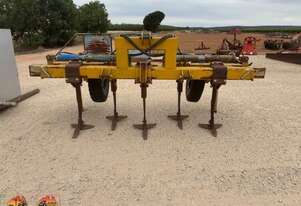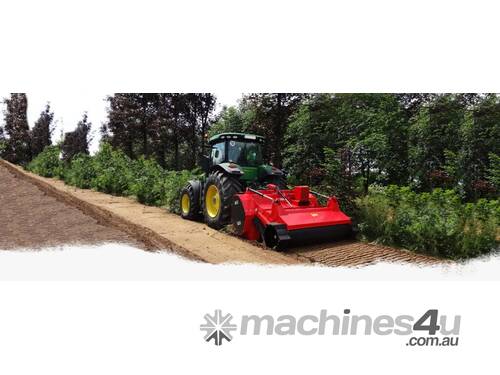
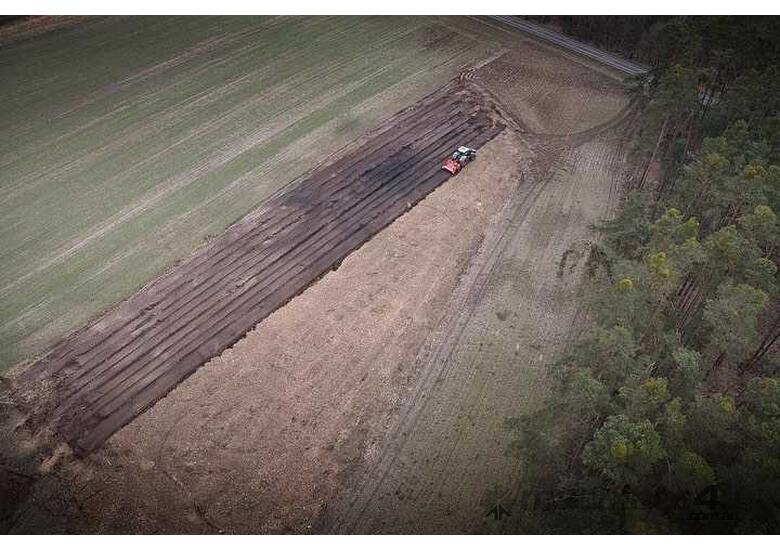
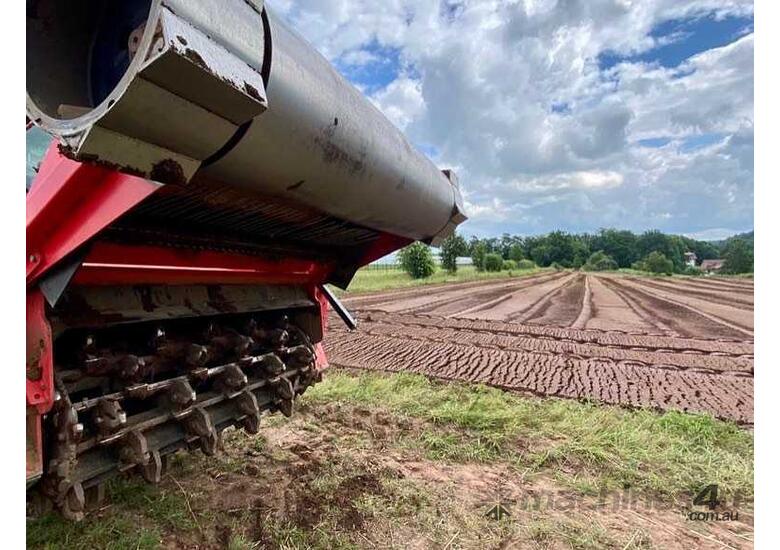
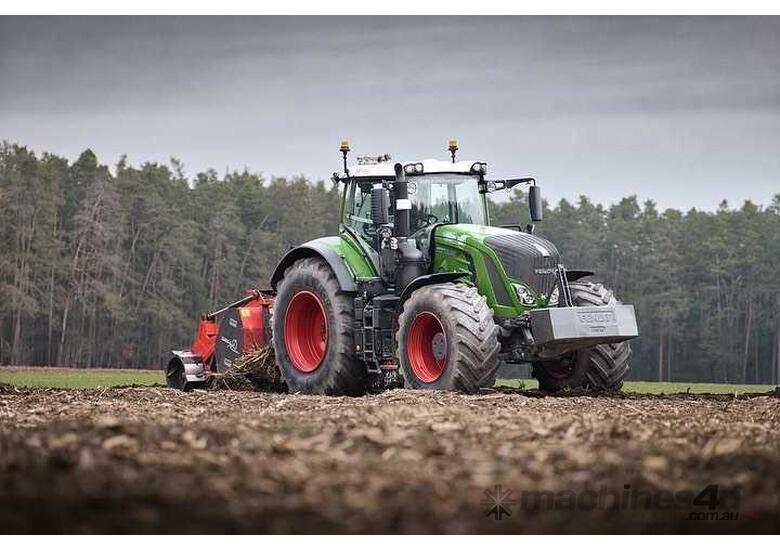

Croplands Quantum Mist Sprayer HL700QS-Q4 380mm fans 700ltr tanks Electronic controller 8,000 inc gst U6879 SN HL700 QSQ4 0901....
SA-S Tankers Hi-Spec SA-S tankers are non-recessed vacuum tankers where the wheels are located outside of the barrel. With capacities from 800 to 2000 gallons 3,637 to 9,092 litres , the SA-S tanker range is designed to ....
Description TORO GREENSMASTER 3150 PURCHASED NEW IN 2019 CYLINDER RIDE ON MOWER 3 HYDRAULIC REELS WITH CATCHERS PRICE 19 950 PLUS GST FINANCE AVAILABLE OWN THIS MACHINE FROM ONLY 109 PER WEEK ON FINANCE AUSTRALIA WIDE IN....
655 SD Orchard picker, Insulated boom , powered by 3 cyl Kubota diesel engine Hydraulic spreading drive wheels , Hyd slewing basket , 2 speed drive , 6.5mtr boom 2006 model. ex Council W.A. delivery available ....
Hydraulic hoeing plough linked to a fixed mount 3 point linkage complete with indipendent hydraulic distributor for the hoeing of vineyards. It is ideal for narrow rows cm. 120 -150 and for tractors with overall cm 110 m....
A 3PL multi spreader perfect for chicken manure, compost, lime, and gypsum. Standard features 1- stainless steel build 2- Single or twin spinners 3- 3PL 4- HYD shutter control options configurations 1- single side convey....
The AHM 160 1.6m cut series is a heavy-duty mulcher best suited to typical farming applications such as Wheat, Maize, Sorghum, Rice and Cotton stubble. Tobacco, Potato haulms, Sweet Potato, Pineapple tops, pasture toppin....
Expanding Deep Ripper Very good condition Can mount tynes on the outside sliding RHS and expand out to approximately 4.25m Has been used for ripping next to grape vines to loosen for removal of the vines - Purpose built ....
rough terrain slasher , made by superior , fitted with folding 3 decks , 3 gear box s driving twin rotors , full Galvenised decks made for very rough undjelation ground , full swivel 3PL individual rollers for each deck ....
Description 50,000L Diesel Tank on stand. Call Ben on 0269 230 210 to discuss 30K GST Industry Liquid Gas Storage....
The PNX 500 is a compact and durable 3-point linkage pendulum spreader, designed for general-purpose agricultural use. With a 500kg capacity marine-grade stainless steel hopper, it offers excellent resistance to corrosio....
Brand ITT A-C Allis Chalmers Condition Used Included Components Pump Only Country of Origin USA Weight 439.00 kg ITT A-C Allis Chalmers 10x8x17 Centrifugal Pump - Industrial Duty Reliable and heavy-duty centrifugal pump ....
Digga Rotary Tiller Normally 14,450.00 GST Great for ground preparation prior to turfing, planting, seeding. Dual rotation with bi-directional tynes. Two position offset mount that covers wheel tracks and allows tight cu....
Avant 860i Excellent condition with 216hrs on machine. Fully serviced with new filters at 216hrs - done on Dec 16th, 2025. Comes with owners manual. Ready for purchase and pick up. Transport can be organized for an additional cost. Located in Erina, NSW 2250 Loader Features Air Conditioning, Auxiliary hydraulics, Front work lights, Hydraulic hitch Joystick control, Rear work lights, ROPS, Standard Hydraulic Flow Suspension seat, Telescopic Boom, Extra Rear weight 180kg, LED work light kit Comes with - Avant Side shirt adapter Part A37235 - 500mm - Avant Flail Mower Series 3 Part A360....
Thanks to the particular curvature of its tines, the subsoiler for vineyards is able to till and lift the soil forcefully and in depth, breaking up the hardpans resulting from previous processing e.g. milling , soil pack....
Bunded Diesel Fuel Tanks 10,000L 240V with MC Box TFBUND Fully Certified for Australia ON SALE Now only 24,000 GST Optional Forkable Mounting Frames available 3250 GST On Farm -Safe and Secure and Affordable Save as much as 2,000.00 per tank refill arranging your own Bulk fuel delivery direct to Farm or your Business. Standard inclusions Italian Piusi 240 volt Pump 70 L MIN . Standard litre counter 999L for each vehicle Continuous Litre counter also Power Box is 240V and sold as plug and play No hard wiring required 6 Meter Delivery Hose Inline Diesel Filter and Water Separator Camlo....
With a 60 mower deck, this is the largest unit in the Pro-Turn range. With a 37.7 litre fuel capacity, this unit will last through long mowing sessions. To ensure you can mow to your heart s content, this unit also featu....
Rubber Lined, Rubber Impeller. Centrifugal Seal. M Q Equipment Pty Ltd, based in Brisbane, Australia, stands as a global leader in the supply of meticulously reconditioned mining and quarrying equipment. Our vast invento....






